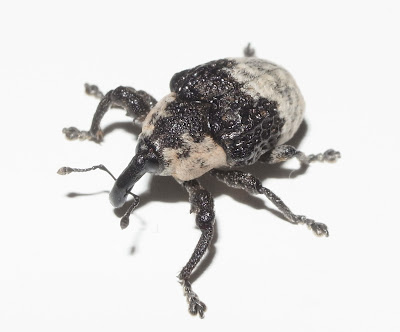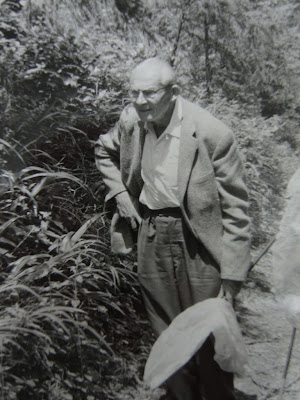[Movie File] The outbreak of Orange Hairstreak (Japonica lutea) in Aomori, northern Japan
The outbreak of Orange Hairstreak (Japonica lutea) has been observed for these several years in Aomori Prefecture, northern Japan. The location is an ordinary forest near the apple orchard that is often seen around this area. When the author of this blog saw the photos published in some magazines and journals, he was very surprised because the scene is quite unusual.
This month, thanks to Mr. Kudo Tadashi and Mr. Kudo Seiya who have been continuously observing this phenomenon, the author of this blog had a chance to visit Aomori. The movie file is filmed during the visit.
Before arriving at the spot, many adult butterflies of Orange Hairstreak were flying almost everywhere. As soon as they got off the spot where Mr. Kudo recommends as the good observing point, numerous butterflies of Orange Hairstreak surrounded them.
Young shoots of Oak trees (Quercus), hostplant of Orange Hairstreak, were observed everywhere. It was quite unusual situation in June because all the young shoots had been devoured by larvae. Amazing situation occurred. As all the young shoots were eaten up, it was possible to see through the forest even in the season of fresh green!
Around 5 p.m., the number of butterflies which flew around the canopy increased drastically. It was very fine day. So the butterflies looked just like the orange confetti against the blue sky. It was too many to count how many butterflies in the sight. The show continued past 6 p.m. and gradually ceased toward the sunset.
Dr. Yago Masaya, the academic committee chairman of our society, who surveyed this site pointed that the pesticide used in nearby apple orchards might affect this outbreak. By the interviews to several farmers, he knew that they were trying to use less pesticide than before and the interval was longer. These trends may cause the parasite bees and flies which kill many eggs and young larvae of Orange Hairstreak to decline. Dr. Yago emphasizes that it needs further research.
Last but not least, the author of this blog would like to show his deepest gratitude to Mr. Kudo Tadashi, Mr. Kudo Seiya and Mr. Kudo Shuji for their kind help.
▲Many butterflies gathering at the chestnut flower
▲On the underside of the Quercus leaves, many pupae (emerged) were found
▲An adult butterfly showing upperside of wings
(usually this scene is rare)















